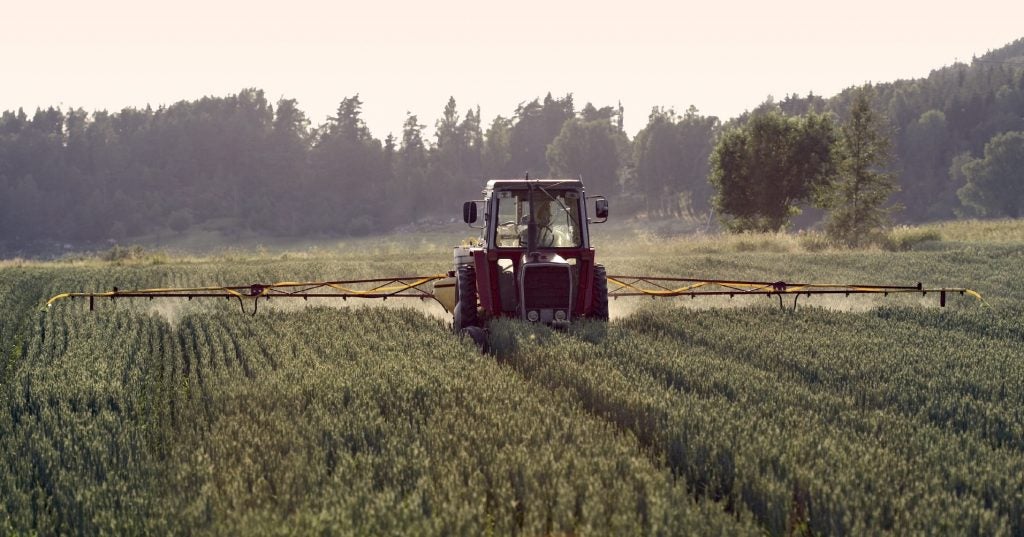In the face of uncertainty about everything from variable weather to market prices, fertilizer is one variable that farmers can control — but only if they have access to actionable, scientific information about how to select the appropriate application rate and tools.
A new report, Nitrogen management in North Carolina agriculture: Results from five years of on-farm research [PDF], helps fill this need. It provides the most comprehensive dataset ever collected about on-farm nitrogen management practices in North Carolina to identify fertilizer solutions that increase operational resilience, and improve economic and environmental outcomes.
These findings are the result of five years of participatory on-farm research through the North Carolina Farmer Network, a group of crop consultants and nearly 100 farmers across 26 counties in North Carolina’s eastern Coastal Plain.
The network formed through a collaboration between Environmental Defense Fund, North Carolina Farm Bureau, North Carolina State University, North Carolina Foundation for Soil and Water Conservation, and others.
As grain farmers and their advisers gear up for the 2019 growing season, here are three top findings from the network’s research to consider.

Farmers must estimate how much fertilizer and other inputs their crop will need in the face of increased weather variability and unpredictable markets. In eastern North Carolina, this annual calculation is complicated by ongoing recovery from Hurricanes Matthew and Florence.
1. Reduce fertilizer application without reducing yield
On average, farmers applied nitrogen to their corn at a rate of 26 lbs. nitrogen/acre greater than the statistically determined best rate with little to no yield advantage. This means that a number of farmers could apply less nitrogen fertilizer without sacrificing yield.
Applying fertilizer at the best rate could save farmers an average of $8 per acre in input costs while simultaneously reducing the amount of nitrogen vulnerable to being lost to the environment.
2. Test nitrogen management products under local conditions
There are a variety of products, tools and technologies available to farmers to help improve fertilizer use efficiency, but there is limited data available about how effective those products are in the unique production environment of the Southeast. Results from five years of on-farm research about fertilizer management can help farmers and their bottom lines Share on X
A handful of on-farm trials revealed marginal benefits, but the majority did not demonstrate yield or economic advantages. Farmers should carefully consider whether to invest in these products, especially when other management changes may provide significant benefits.
3. Involve farmers in field trials
The North Carolina Farmer Network provided a rare opportunity for farmers to be directly involved in large-scale field trials of products.
Participating growers voiced confidence in the results and felt encouraged to continue experimenting and learning. Emphasizing on-farm participatory research and meaningful engagement with farmers led to the development of science-based recommendations that are useful to farmers, crop consultants and companies interested in supply chain sustainability.
These results will not only continue to inform nitrogen management science and practice in the years ahead in North Carolina, but will also have implications for the broader region.
Nitrogen management decisions are complex, but with this robust dataset, growers can reflect on their own operations and find potential areas for improvement to ensure long-term economic and environmental viability.









